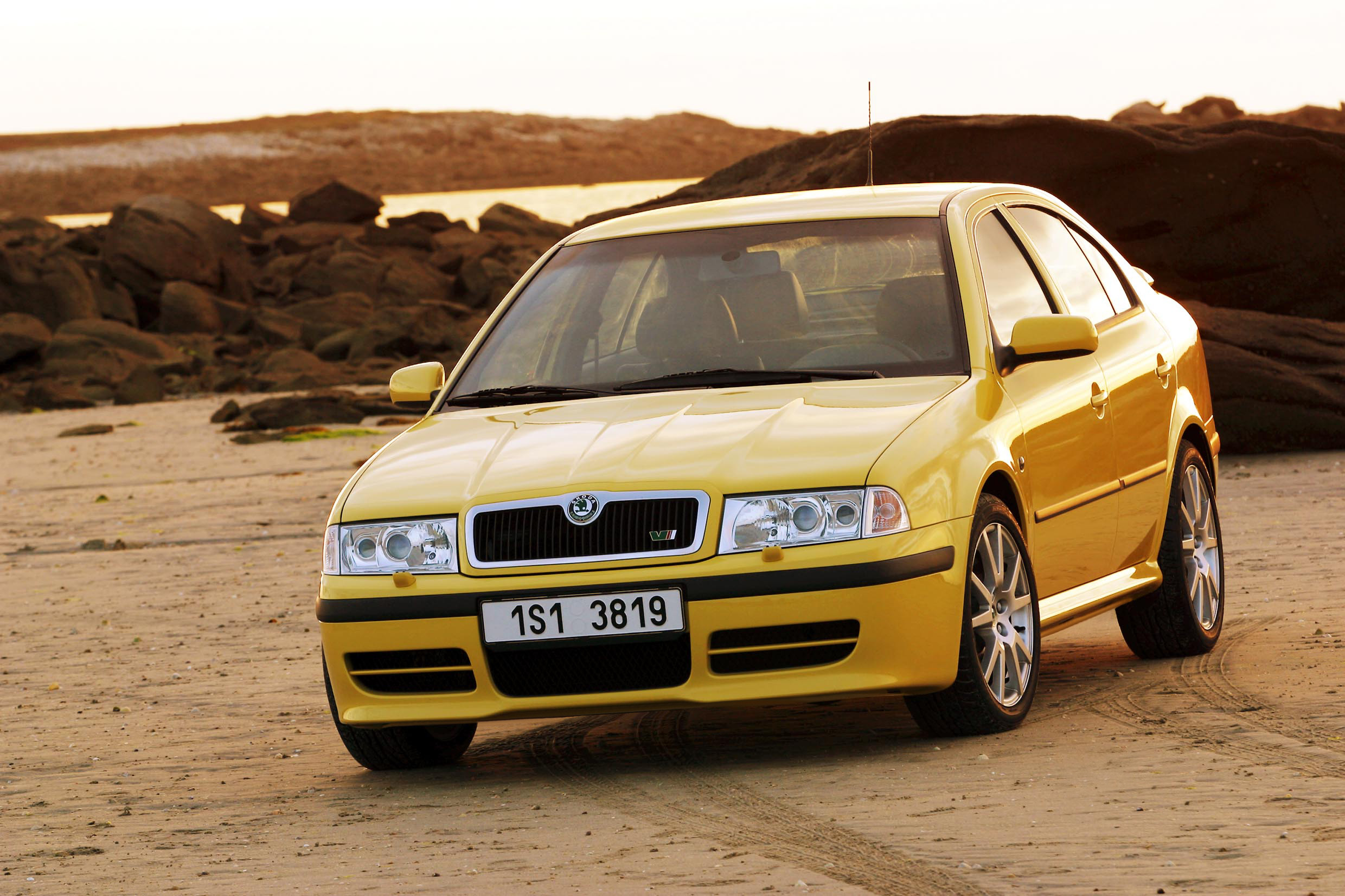A new factory
Mass production started on Tuesday, 3 September 1996. The new part of the Mladá Boleslav factory was built at a cost of CZK 11 billion, with the then Czech President Václav Havel cutting the ribbon. The factory had 32,000 m2 of production space, 2,500 m2 of office and team space and 3,000 m2 of social space. The generously glazed building, designed by the Munich studio of Günther Henn, enabled modular production: sections and units supplied by subcontractors, such as engines or seats, were assembled on the line and delivered in an efficient just-in-time system.
 At the opening of the new part of the Mladá Boleslav factory, the ribbon was cut by the then Czech President Václav Havel.
At the opening of the new part of the Mladá Boleslav factory, the ribbon was cut by the then Czech President Václav Havel.
The line no longer took the usual form of body frames travelling down the hall suspended on conveyors. They now travelled on a height-adjustable assembly table so that individual assembly operations could be carried out in a more ergonomic position. Overhead work and similarly strenuous positions were eliminated, and employees were able to step onto the platform so that components did not “get away” before they had completed a task.
 ŠKODA AUTO has built a new part of the Mladá Boleslav plant for the production of the new OCTAVIA generation.
ŠKODA AUTO has built a new part of the Mladá Boleslav plant for the production of the new OCTAVIA generation.
In the first year of production, OCTAVIAs with two four-cylinder petrol engines and one turbo diesel rolled off the line. The basic engine was a 1.6 MPI/55 kW, while for the more demanding driver ŠKODA offered a 1.8 20 V/92 kW engine with five valves in each of the four cylinders. The modern 1.9 TDI/66 kW direct-injection turbo-diesel offered impressive low-rpm torque and a standard fuel consumption of just 5.1 litres of diesel per 100 km. The engine range was gradually expanded, for example with the 1.8 20 V Turbo/110 kW or the 1.9 SDI/50 kW naturally aspirated diesel.




































